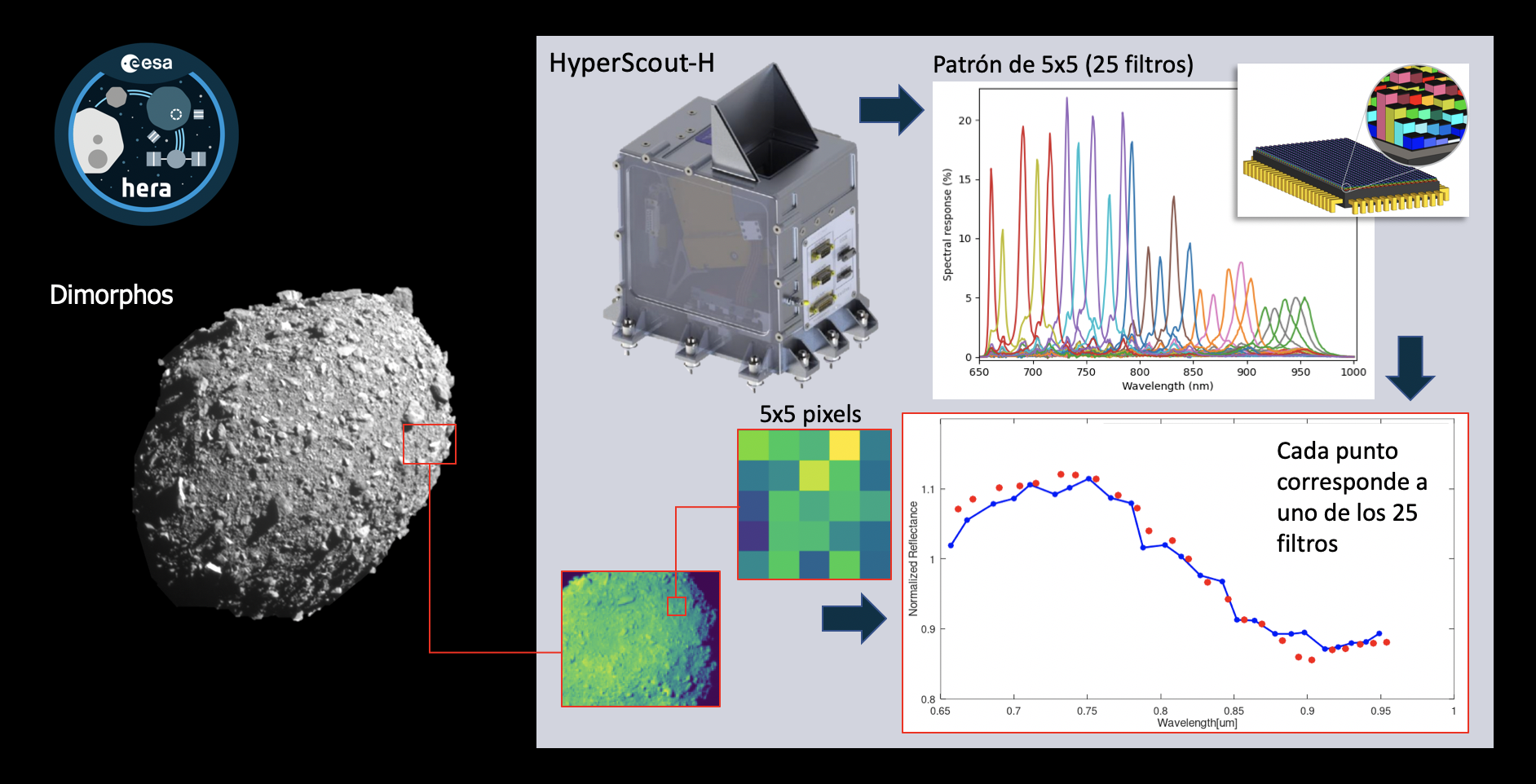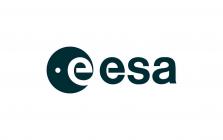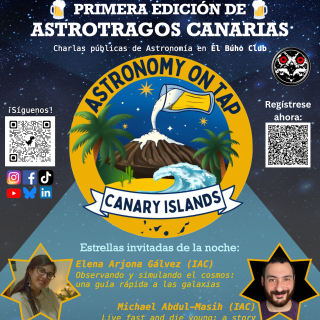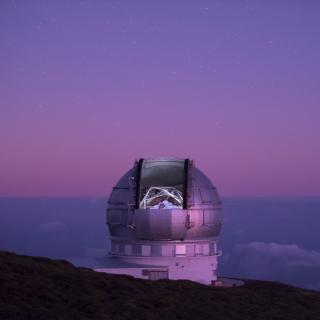Researchers Julia de León and Javier Licandro of the Instituto de Astrofísica de Canarias (IAC) are participating in the Hera mission of the European Space Agency (ESA), successfully launched from Cape Canaveral, Florida (USA) on 7th October at 14:52 UTC. This is the first European mission for planetary defence which together with NASA’s DART (Double Asteroid redirection Test) will study the effects of a technique for diverting asteroids called “kinetic impactor”.
The DART probe crashed into the smaller (Dimorphos) of the two asteroids which form the binary system Didymos, on September 26th 2022, changing its orbital period of 12 hours by a total of 33 minutes. HERA will arrive at the system at the end of 2026 to carry out a detailed post-impact study.

The IAC’s Solar System Group, led by Julia de León, has participated in the mission since its inception. “We started by helping to identify the best asteroid for testing this technique, taking observations with the telescopes at the Observatorios de Canarias (OCAN) and now we are coordinating the observations of Didymos from the ground, including images obtained with the Gran Telescopio Canarias (GTC)”, comments Javier Licandro. The aim of the mission is to analyze in great detail how Dimorphos has been left after the impact by DART, whether a crater was produced, or whether the asteroid was deformed, and how the impact may have had some effect on Didymos, the larger of the two asteroids.
HyperScout-H
Julia de León and Adriano Campo Bagatin of the Universidad de Alicante are the only researchers in Spanish institutions who are members of the scientific team of the mission. Julia de León is also responsable for one of the instruments on board the probe: HyperScout-H. This is a hyper-spectral camera which contains a detector covered with a thin layer of material in which there are 25 interference filters, each covering 5x5 pixels.

“With this we will have an image with good spatial resolution in which we can pick out surface details of the asteroids (craters, rocks, cracks, etc.) and at the same time information over a range of colours which will le tus identify the different minerals and by how much they have been altered (by the impact)”, explains Julia de León.
The data taken with HyerScout-H together with those provided by the other instruments on Hera will be used to make maps of composition and to identify regions which have been changed by the action of space weather, or by the effects of the impact by DART. “To know what these objects are made of, as well as their internal structure, is a fundamental part of the strategy of planetary defence, when we come to evaluate the consequences of a possible impact of an asteroid with the Earth”, finishes De Leon.




